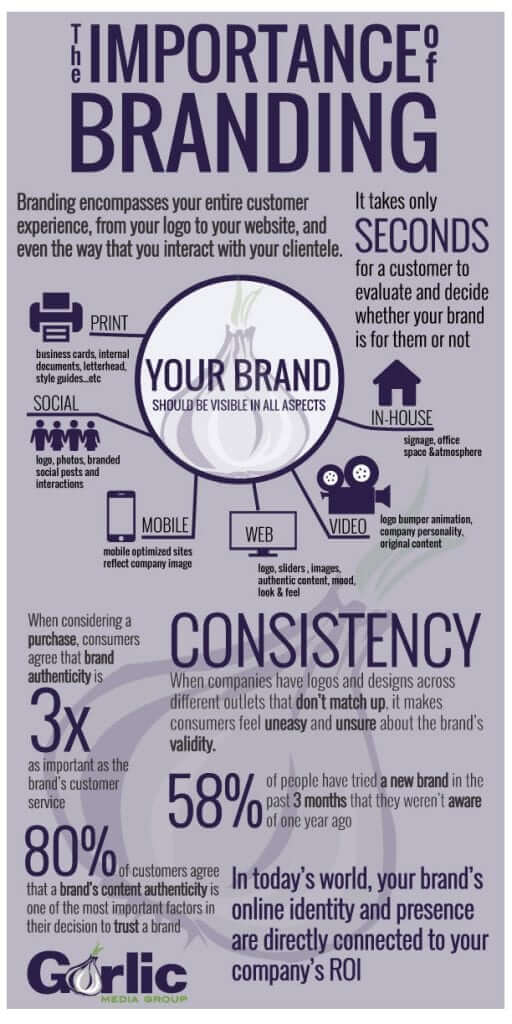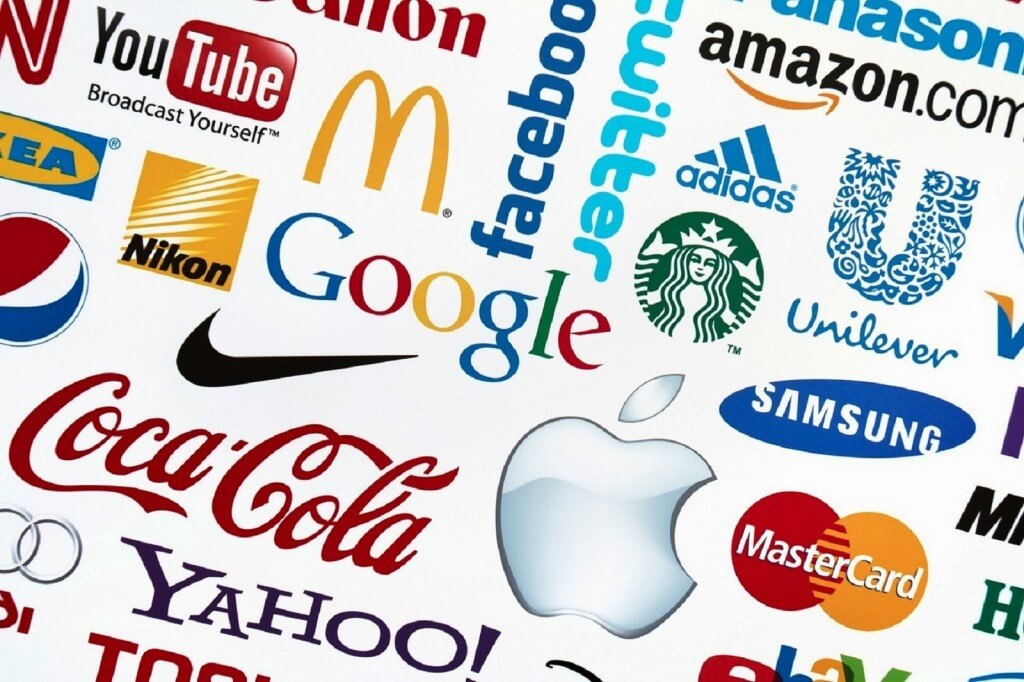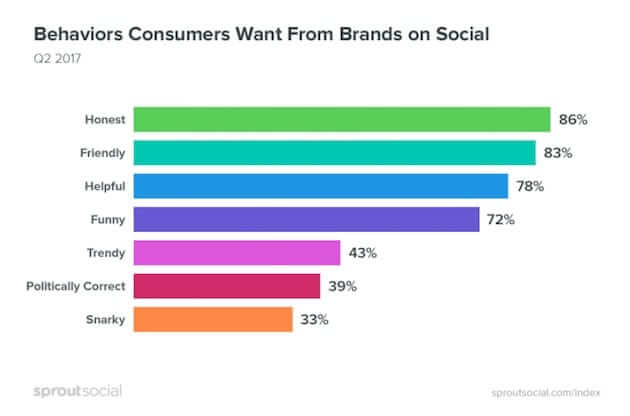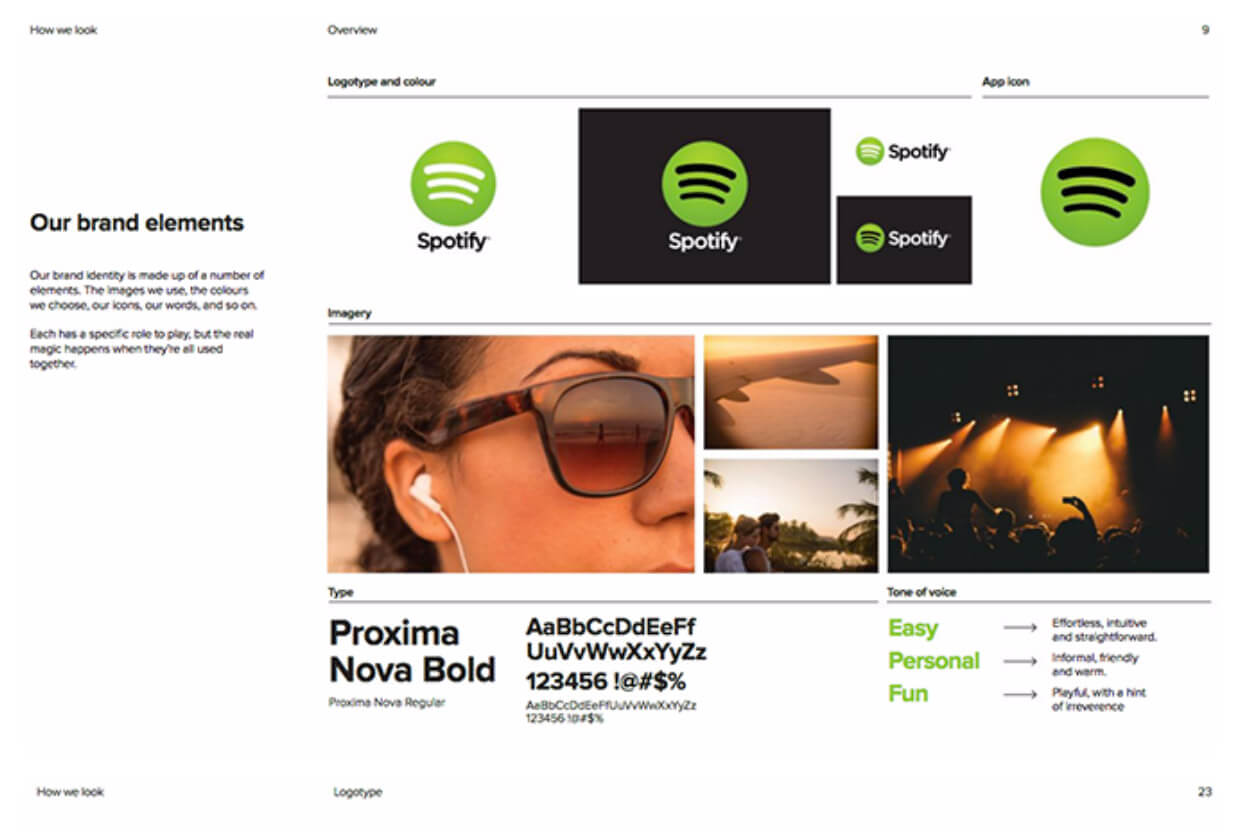Why You Should Automate Your Design Process to Create Brand Consistency

No matter how big or small your business is, having a recognizable brand can be a huge benefit. Firstly, people will instantly know who you are and, secondly, they’ll have more clarity about how you can help them - it’s a win-win situation.
Content
- What exactly is brand consistency?
- Why is brand consistency important?
- Why automating your design process for brand consistency
- How to automate your design process in three steps
What exactly is brand consistency?
Brand consistency is making sure your messaging and visual branding is the same throughout all your communication - both internal _and_ external. That’s things like your website design, social media, internal documents, and everything in between.
Why is brand consistency important?
It’s easy to think that no one will notice whether your social media images have the same color scheme or that your business card designs match your internal document headers, but the little details like this can make a huge difference in how people view your brand.

In fact, branding is so important that it can make or break your business.
That’s a scary thought, right?
But, while the thought of getting all your communications in order and streamlining all your visuals might sound similar to wading uphill through treacle, it doesn’t have to be that difficult.
In fact, it can be pretty easy and seamless if you automate your design process.
Why automating your design process for brand consistency
Ready to dive in?
We bet that some of your biggest struggles in business can be answered with automating your design process to breed consistency.
Here’s how:
1. Automation Saves Time
Right now, every time you need to create a new business card for a new team member or generate a fresh document to send to a partner company, do you have to start from scratch?
If so, you’re wasting so much time.
By automating the design process, it’s a simple case of “click and go” every time you need to produce a new document, post, or piece of brand collateral.
2. No Extra Training
Designing isn’t something that should be given to any old member of staff.
Not everyone has the right skills or creative eye, but by automating the design process, you can give power to all different departments without having to worry about someone botching up the visuals.
3. Eliminates Expensive Brand Costs
Having to constantly create new documents, social media graphics, and visuals is not only time consuming, it can also be costly.
But with an automation process in place, those designs are already templated out so you just have to drag and drop without having to hire a pricey designer every time you need something done.
4. Differentiates Your Business
Chances are, you’re up against some hefty competition in your industry and you might struggle to stand out.
Guess what? Having consistent branding can help differentiate your business and put you head and shoulders above the rest in the eyes of your customers.
Think about it some of the biggest brands in the world.

And let’s take McDonalds, for example. Whenever someone sees just the outline of the Golden Arches they’re already thinking about chicken nuggets.
We’re willing to bet that all thoughts of other fast food chains magically disappear from their mind.
5. Makes You More Relatable
In this day and age, consumers are craving deeper connections with brands, which means it’s your job to open up a dialogue and build relationships with your customers if you want them to keep coming back for more.
By having consistent branding in place, you inject a personality and identity into your business that people can and will want to relate to.
Take Apple, for example. They create a simple product but have managed to generate an entire movement of people who will literally only buy their products (the company and its loyal followers has often been referred to as a cult). The brand has managed to do this by sticking to its guns and presenting a solid brand image that’s remained consistent over the years.
6. Drives Trust and Authority
Flakey people are difficult to trust, and it’s the same with brands. If you’re constantly changing your image and mixing up your messaging, consumers are going to find it difficult to trust what it is you’re saying.

On the flipside, if you have a brand that’s solid and remains the same, you’ll be able to drive trust and authority.
7. Build Brand Evangelism
Ever see brands out there that seem to have hordes of raving fans and wonder how you can get in on that action?
The more consistent and cohesive your branding is, the easier it is to create a community around your business. And, when you start creating a community and encouraging people to feel like they’re part of a “movement” (however small that “movement” may be), people will be eager to shout about your brand from the rooftops.
So now you know why automating your design process to create brand consistency is important, let’s dig into how you can do that.
How to automate your design process in three steps
1. Create Templates
Templates are the baseline of every business’s brand.
With templates you can quickly and easily drag and drop your messaging to create new content in a matter of minutes.
Perhaps more importantly, though, templates mean everyone in your company can create new documents and designs without too much hassle or without needing a specific set of design skills.
There is a range of tools you can use to generate a suite of templates for each piece of collateral you need. You can then save them and allow different team members to login and edit each design as and when it’s needed.
For example, let’s take a look at business cards.
Let’s say you are a designer at a company of 100 employees…
When you need to create a new business card for a new employee, it looks something like this:
- Create a new design
- Add the new employee’s details
- Upload the design to printing platform
- Get the design printed
With 100 employees to do this for and new potential staff members joining every month, the process can be arduous and long-winded.
With Brandly you can streamline this process so you only have to login and change the text on the business card. To start with, you can upload a universal template upfront, store it on the site, and only edit it when you need to.
This eliminates any kind of stress or hassle from bulk ordering business cards for large teams and having to design them one by one - which, let’s face it, is a designer’s nightmare.
Instead, Brandly makes the business card printing experience an absolute breeze by letting you upload a template just the once and then giving access to team members to add in their own details.
2. Build a Set of Brand Guidelines
Sometimes you’ll find a team member has gone ahead and created their own visual, which is fine, unless it really doesn’t hit any of your branding goals.
Even just one image that’s off-brand can have detrimental effects on how people view your business, so keeping everyone in check is the best method of action.
However, it can be a huge benefit if individual team members can create their own content as and when they need it to avoid having to hire designers. In this case, having a set of brand guidelines can do absolute wonders. Guidelines work as a kind of checklist for employees to use to make sure they’re hitting all the sweet spots with your brand. It might include things like:
- What fonts are and aren’t okay to use
- How you can use the brand logo
- What colors can be used together and what colors shouldn’t
- What words to avoid using when referring to your brand
- Particular image aesthetics that are required
- Any icons that need to be used in specific scenarios
Take Spotify as an example and its easy-to-follow brand guidelines:

To add another gatekeeping step here, you can also add in an automated approval process. So, when an employee creates a new piece of collateral, they can automatically upload it and send it to the in-house designers or “approval person” to get it signed off.
And if it doesn’t get signed off? The brand guidelines will tell them why.
3. Have a Central Storage Location
Things can get messy when different pieces of brand collateral are stored in several places. This is how content gets lost and the brand gets blurred over time.
Instead of creating a mad sort of manhunt every time a member of staff needs to find a business card design, a brochure layout, or a social media graphic template, put everything in one easy-to-find place so everyone can have easy access.
Even better, use one singular platform that can be accessed by every department and store all your brand assets there. Create a system as well, for when templates are updated or new content is added.
Let’s go back to the business card example again.
With 100 different employees comes 100 different business cards, and if each of those business cards is stored in a different place things are going to get messy. Somewhere along the line, someone is probably going to edit out an important design element which can then turn into a visual version of Chinese whispers until the design ends up completely off-brand.
Not good, right?
That’s why at Brandly you can store all your templates in one place and just let employees login to change their own details when they need a new business card. This keeps the design on-brand and means you can oversee all the changes that are happening as and when they’re taking place.
Automating the Design Process Might Just Be What You Need
Brand consistency feels like something only the biggest brands need to really comply with, but for smaller and mid-sized brands, having a consistent image in place from the start can help build a solid foundation for things to grow from.
Not only does having a consistent brand boost your authority in your niche and save you time and money, but automating the process to get there allows every employee to get involved which, in turn, creates a more cohesive team atmosphere.
When you think of the brands out there that are absolutely rocking it, you don’t think of flakey design and patchy messaging, do you? You picture solid visuals that are recognizable from miles away (we’re looking at you, Golden Arches) and a clear message that has been repeated over and over again for as long as the brand has been around.
Reaching those starry heights might seem like a slog, but automating the design process to create consistency will take you a huge leap in the right direction.